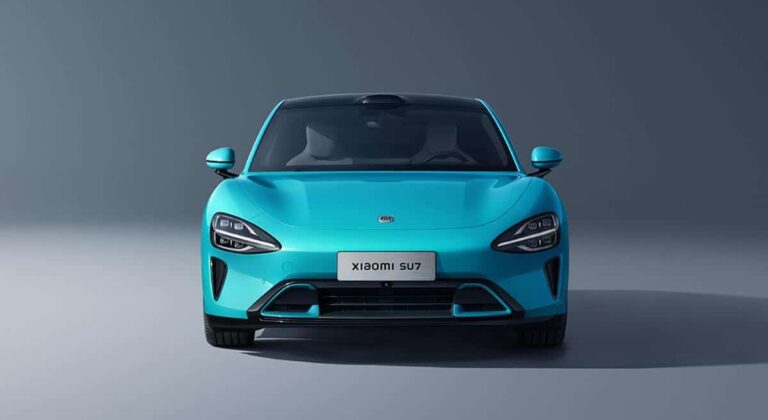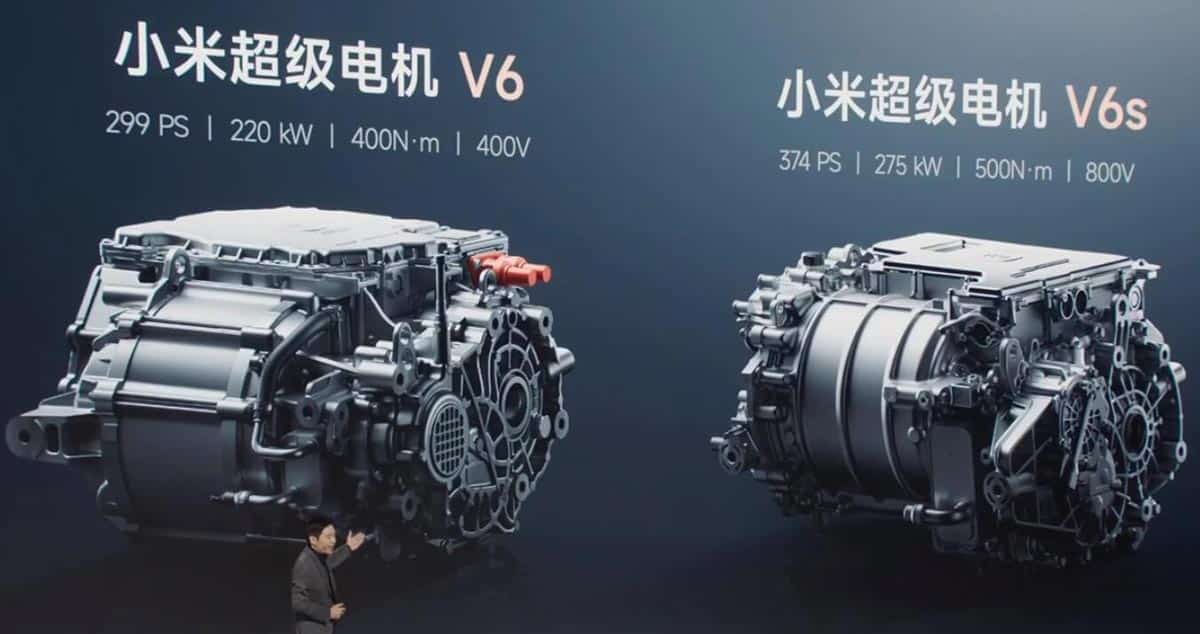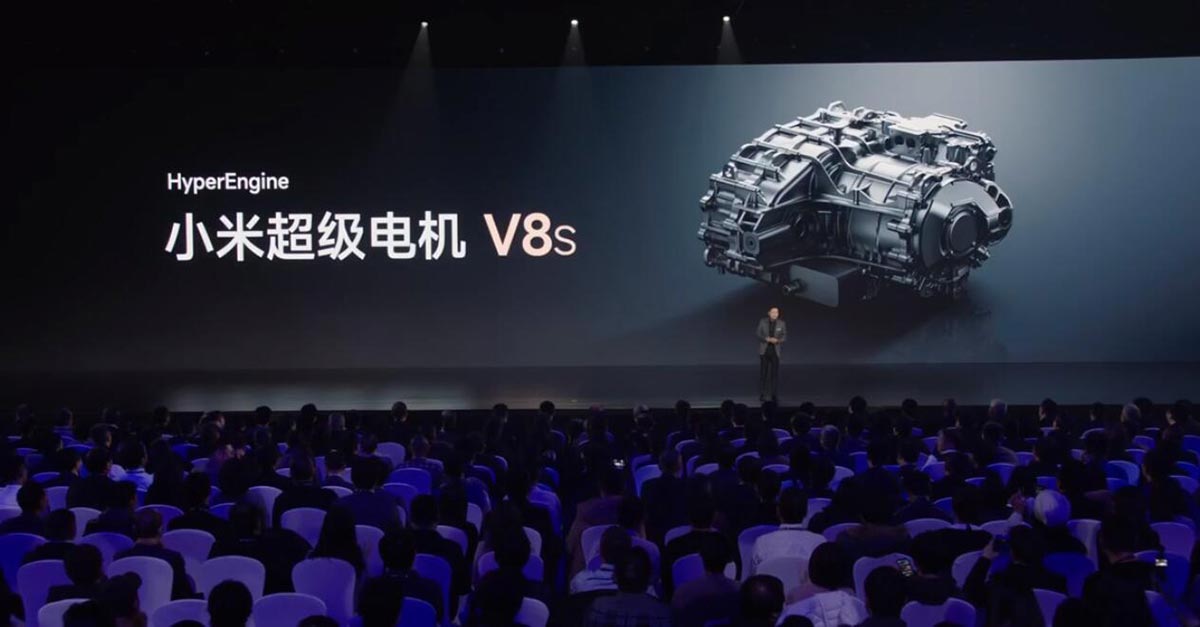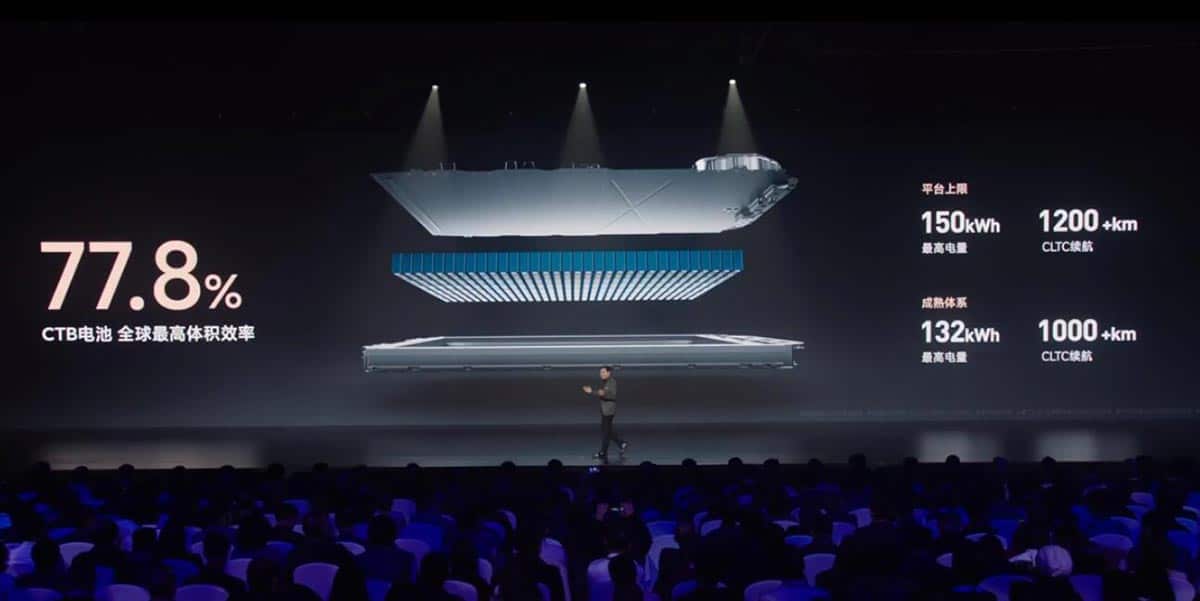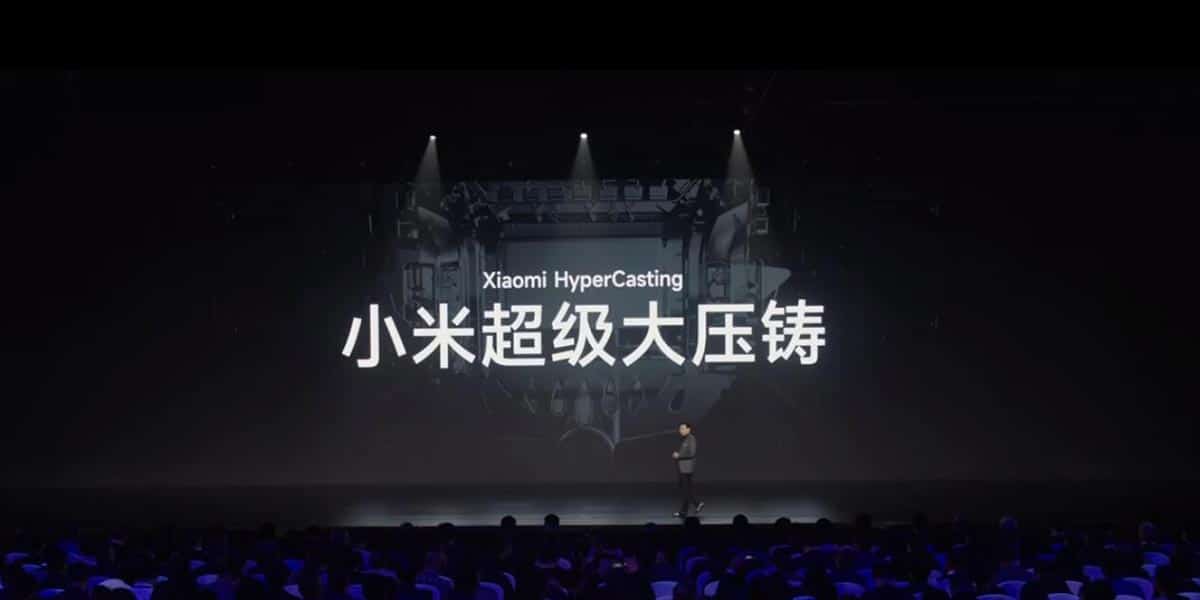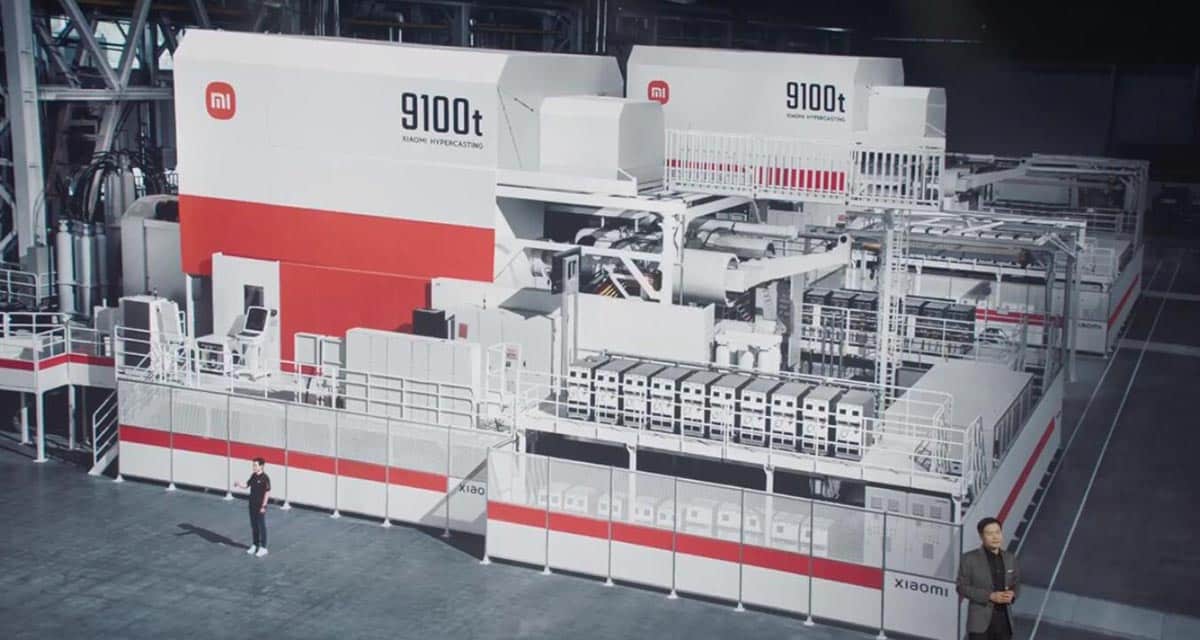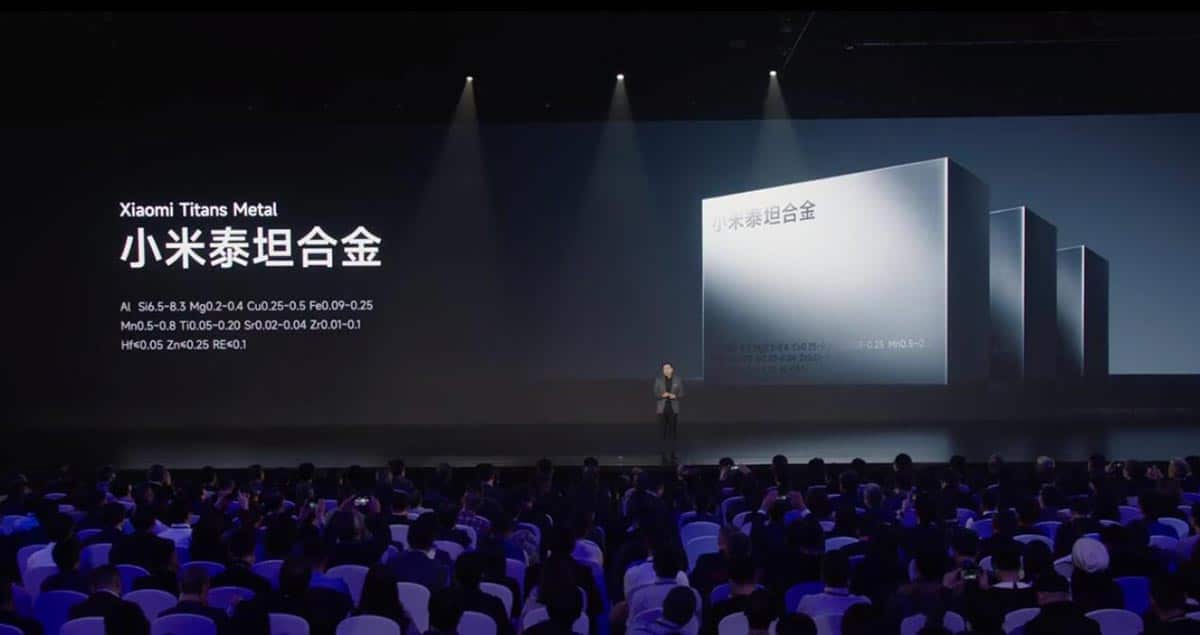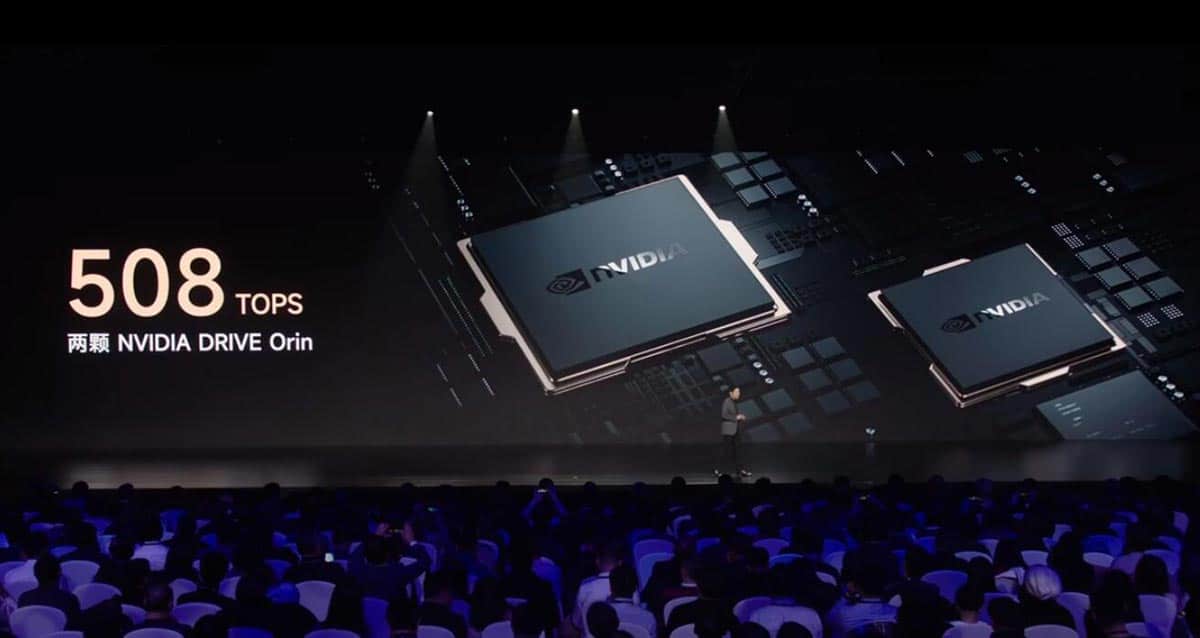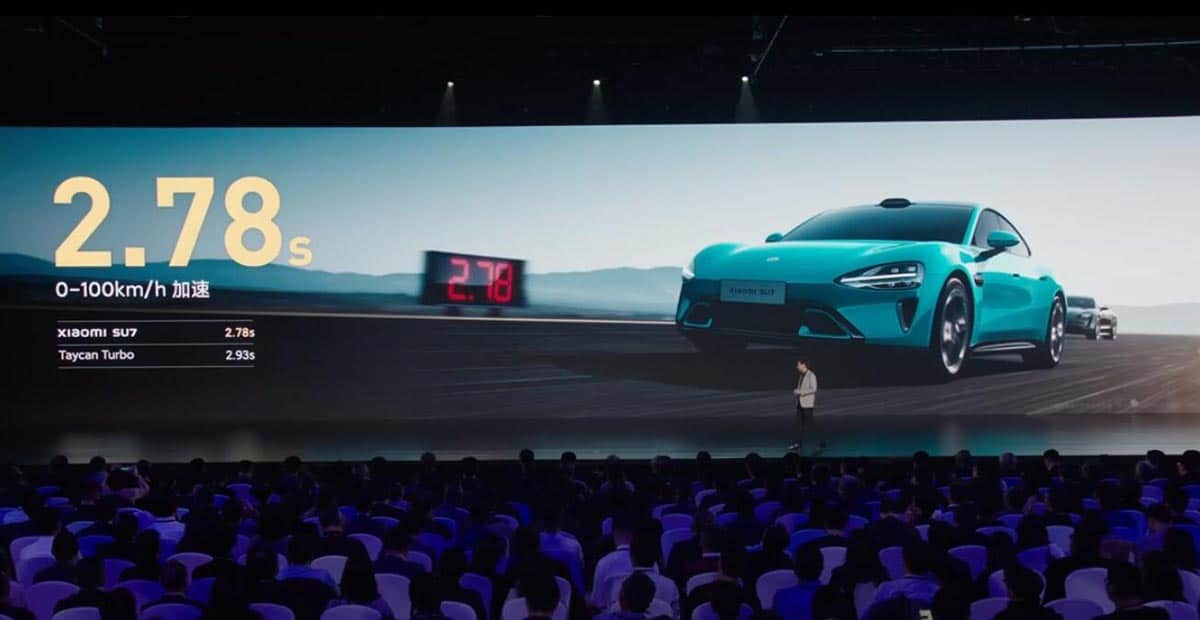Xiaomi hopes to become one of the top five car companies in the world through 15-20 years of efforts, said CEO Lei Jun.
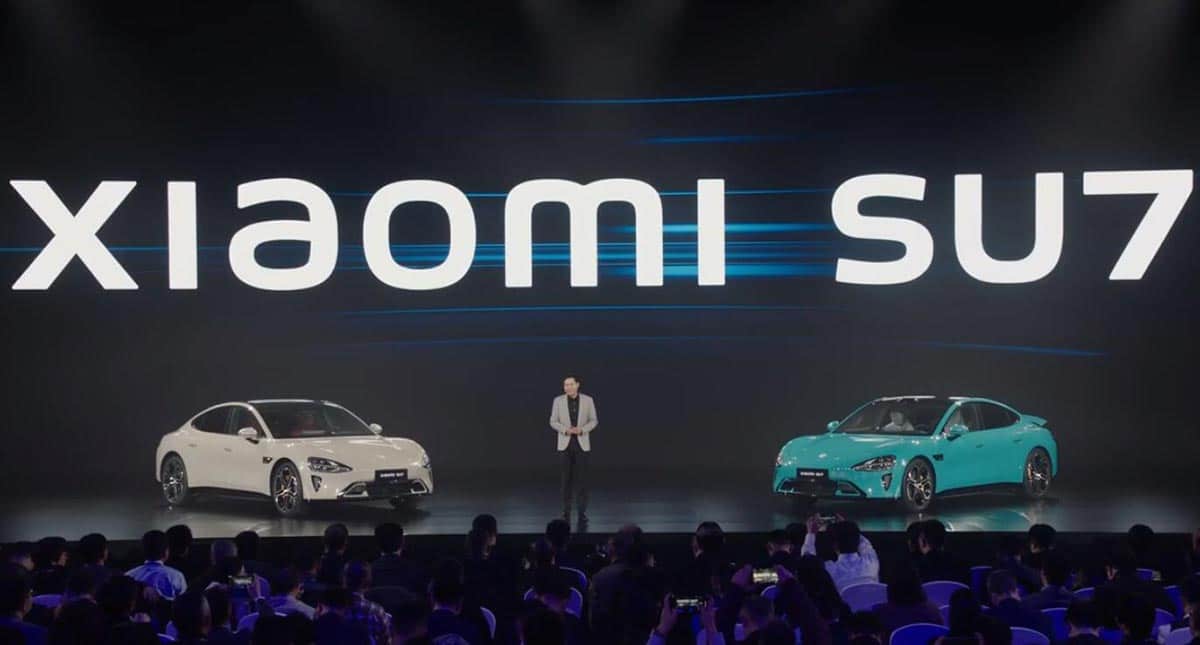
Xiaomi EV held its first tech launch and CnEVPost provides live updates about the event in this post. The latest content is at the top.
Xiaomi officially unveils its first EV model, the SU7, a C-class performance sedan.
Xiaomi SU7 has a wind resistance as low as Cd 0.195, which its CEO says is the lowest among production vehicles, meaning lower energy consumption and range performance. A demo video by Xiaomi shows no LiDAR on the roof of the model that got the result.
Xiaomi SU7 can sprint from 0 to 100 km/h in 2.78 seconds and has a top speed of 265 km/h.
Xiaomi SU7 is capable of braking from 100 km/h to a stop at a distance of 33.3 meters.
Xiaomi SU7 will feature the Qilin Battery from CATL with a capacity of 101 kWh.
The model can get 220 kilometers of range on a 5-minute charge and 510 kilometers on a 15-minute charge.
The dual-motor four-wheel-drive version of the Xiaomi SU7 will have an 800-kilometer CLTC range, making it the best-performing four-wheel-drive vehicle in the Chinese market.
Xiaomi SU7 has physical buttons for quick adjustment of air conditioning temperature, airflow, on/off switch for the electric rear wing, and air suspension height.
Xiaomi SU7 will be priced a bit expensive, but for good reason and will exceed expectations in terms of experience.
Xiaomi SU7 is already being produced in small batches, but still needs a lot of testing.
Xiaomi unveils Modena electric vehicle platform architecture.
Xiaomi SU7 comes with a 16.1-inch center screen with 3K resolution.
The smart cockpit of the Xiaomi SU7 is powered by a Qualcomm Snapdragon 8295 chip.
Xiaomi SU7's smart driving system is powered by two Nvidia Orin X chips with a total computing power of 508 Tops.
Xiaomi aims to be among the top-tier players in the smart driving space in 2024.
Xiaomi aims to have the city pilot assisted driving feature available in 100 cities by the end of 2024.
Xiaomi's first phase of investment in smart driving was RMB 3.3 billion, which has been added to RMB 4.7 billion, with a team size of more than 1,000 people.
Xiaomi has used more than 200 vehicles for smart driving tests and has tested more than 10 million kilometers.
Xiaomi has developed its own alloy material -- Xiaomi Titans Metal.
Xiaomi will use integrated die-casting technology with a 9,100-ton die-casting machine. The company has dubbed the equipment Xiaomi HyperCasting.
Xiaomi and CATL jointly devoted thousands of engineers and 2 years to develop 800 V battery packs.
Xiaomi has developed its own CTB (cell-to-body) battery technology with a capacity of up to 150 kWh and a CLTC range of up to 1,200 kilometers.
The CTB technology saves space in the battery pack, thus allowing more room for the occupants. Xiaomi's battery pack is only 120 mm thick and has a volumetric efficiency of 77.8 percent.
Xiaomi has built its own battery pack production plant.
Xiaomi unveils V6 and V6S motors, which have already started mass production. The company also announced the Hyper Engine, which reaches 27,200 rpm, will be fitted to vehicles in 2025.
Xiaomi is pre-researching new motors with speeds up to 35,000 rpm.
Xiaomi hopes to become one of the top five car companies in the world through 15-20 years of efforts, said CEO Lei Jun.

